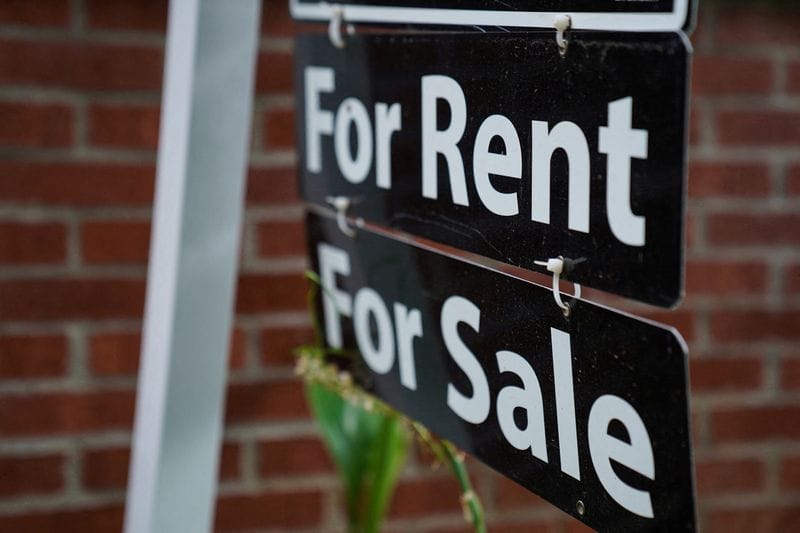Mortgage Rates Are Unlikely to Fall Much Further, Even With the Fed’s Upcoming Rate Cuts

Introduction
The rental market for new apartments is experiencing a significant shift, with asking rents dropping by 6% to their lowest level since 2022. This decline is largely attributed to an increase in the number of newly finished buildings, which has led to a surplus in available rental units.
Market Dynamics
The surge in newly completed apartment buildings has created a competitive environment, forcing landlords to lower rents to attract tenants. This trend is particularly noticeable in urban areas where construction activity has been robust. The increased supply of rental units has outpaced demand, resulting in downward pressure on rental prices.
Impact on Tenants
For tenants, this development is a welcome relief, offering more affordable housing options. The decrease in asking rents provides an opportunity for renters to secure better deals and potentially upgrade to higher-quality apartments without a significant increase in their housing budget.
Landlord Strategies
Landlords are adopting various strategies to mitigate the impact of falling rents. Some are offering incentives such as free months of rent, reduced security deposits, and other perks to attract and retain tenants. Others are focusing on enhancing the amenities and services offered in their buildings to differentiate themselves in a crowded market.
Regional Variations
The decline in asking rents is not uniform across all regions. Some areas with less new construction activity have seen more stable rental prices. However, in cities with a high volume of new apartment completions, the competition among landlords is more intense, leading to more significant rent reductions.
Economic Factors
Broader economic factors also play a role in the rental market dynamics. Rising interest rates and inflation have impacted both landlords and tenants. For landlords, higher borrowing costs may limit their ability to invest in new properties or upgrades. For tenants, increased living costs may constrain their rental budgets, further influencing the rental market.
Future Outlook
The future of the rental market will depend on several factors, including the pace of new construction, economic conditions, and changes in tenant preferences. If the supply of new apartments continues to grow, rents may remain under pressure. Conversely, if construction slows down or demand increases, rental prices could stabilize or even rise.
Conclusion
The current trend of declining asking rents for new apartments reflects a dynamic and evolving rental market. While this presents challenges for landlords, it offers opportunities for tenants to find more affordable housing. The interplay between supply and demand, along with broader economic conditions, will continue to shape the rental landscape in the coming months and years.





Start the discussion
Become a member of Crib Metrics - Fresh Housing Market Insights and Analysis to start chatting with our AI Real Estate Market Analyst about the article Mortgage Rates Are Unlikely to Fall Much Further, Even With the Fed’s Upcoming Rate Cuts
Already a member?